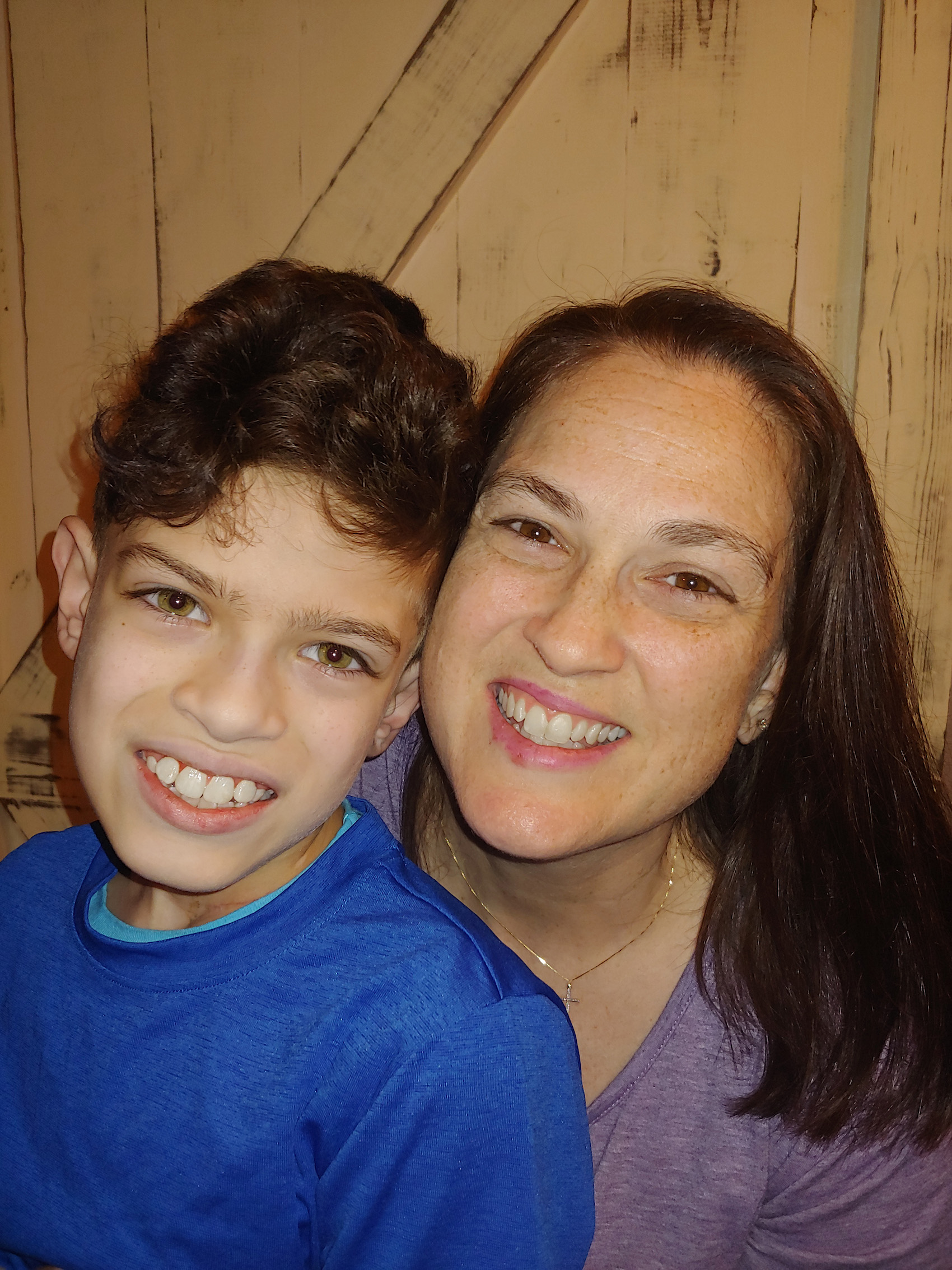
For my son Ethan, “elective surgery” is a misnomer.
For Ethan, the word “elective” doesn’t mean optional. It doesn’t mean his surgery isn’t urgent or necessary, and it certainly doesn’t mean that he doesn’t need it as soon as possible in order to live a full, healthy, safe and happy life.
Like so many others with serious, chronic conditions, our 10-year-old doesn’t have the luxury of getting to choose to put his disease on hold while we wait for the pandemic to end. He doesn’t get to opt out of this one.
Ethan has drug-resistant epilepsy. That means that despite dozens of different medication combinations – and countless tests and examinations over the last five years since he was diagnosed with epilepsy – his seizures have remained uncontrolled. As a result, he is at higher risk for ER visits and hospitalizations, serious injuries and Sudden Unexpected Death in Epilepsy (SUDEP).
Yet, the procedure that could offer Ethan a safer and more fulfilling life is considered elective – and during a pandemic, that means leaving parents just like us to make an incredibly difficult choice.
Ethan’s Journey
We know that Ethan’s not alone in his battle – it’s estimated that about 1 in 3 people with epilepsy have drug-resistant epilepsy.[1] Ethan’s seizures present differently than people often expect. Instead of the physical shaking and jerking movements often associated with seizures, Ethan experiences absence seizures, which put him in a daze that makes him unresponsive. He was only five years old when teachers first noticed him “zoning out” in class for minutes at a time. These absence seizures have caused him to fall behind in school and have always made it difficult for him to participate in any coveted extracurricular activities or sports.
Most of all, though, the seizures impact his sleep. Ethan can experience up to 12 seizures on any given night and he typically gets only about 3 or 4 hours of sleep. For Ethan – and any average 10-year-old for that matter – that’s not even close to enough. And, it means that our once fun-loving, imaginative, spunky little boy is often withdrawn, quiet and prefers to be alone.
A Sign of Hope
We first heard about VNS Therapy®, a non-medication treatment option designed to treat seizures for those who have drug-resistant epilepsy, because our daughter, Bella, also struggles with this disease. VNS Therapy is delivered at regular intervals through a small device implanted under the skin of the chest that sends mild pulses through the vagus nerve to areas of the brain that are associated with seizures. Getting VNS Therapy involves a short procedure, which typically takes about an hour.
For our daughter Bella – who has had VNS Therapy for almost four years – it has been life-changing. When our neurologist suggested it for Ethan in January 2020, after years of trying medications that resulted in serious side effects without properly treating his seizures, my husband and I couldn’t help but get our hopes up about its potential benefits for our son.
But here’s the catch. The procedure to receive VNS Therapy is considered “elective” – which makes it seem as though our family has a choice.
That one little word also means that, like so many others, we had to make the difficult decision to not only move forward with but advocate for Ethan’s procedure during the COVID-19 pandemic – when so many “elective procedures” have been put on hold – or risk more uncontrolled, severe seizures and watch helplessly as they wreak havoc on our little boy’s life.
But when your son weighs just over 50 pounds and is taking doses of medication high enough for an adult male, the decision isn’t so hard. When your 10-year-old is experiencing signs of renal failure as a side effect of the medication he’s taking, the decision gets even easier. And, when you start to see breakthrough seizures again because you’ve had to lower the dosage to protect his kidneys – well, the decision becomes clear.
The path we were on was not an option. We were determined to get our little boy the care he not only needed but deserved.
Steps Forward
In November, as COVID-19 cases peaked across the country, my husband, Chris, and I waved goodbye to our little boy as his medical team wheeled him back to the operating room for his procedure.
Despite the questioning looks and words of concern we received from some friends and family who wondered, “Do you really think now is the right time?” we knew we had done what was right for Ethan’s health and wellbeing. Despite the questions that had loomed in our own minds over months and months of deliberation, we felt an incredible weight had been lifted off of our shoulders, knowing we were one step closer to relief.
Now, one-month post-surgery, we have already seen improvements. Already we have noticed that he is getting more (and better) sleep – and that means mom and dad can rest just a little bit easier, too. Getting more sleep at night means better days, and we’ve already noticed little things, like his writing becoming stronger and clearer, that solidify our decision to move forward with his procedure this year.
For so many people, the pandemic has caused fear and worry – and for families like ours, the pandemic has also caused what can seem like unsurmountable hoops to jump through just to ensure our son gets the care he needs to live a safer and more fulfilling life.
As a parent, when your child is sick, doing everything you can to help him get better isn’t a choice – it’s an obligation. For Ethan and for our family, this elective surgery wasn’t elective; it was a necessity.
This blog is sponsored by LivaNova.

